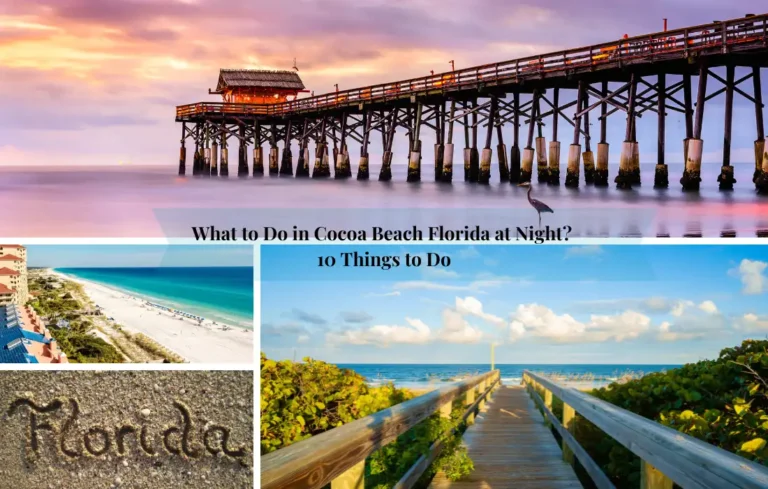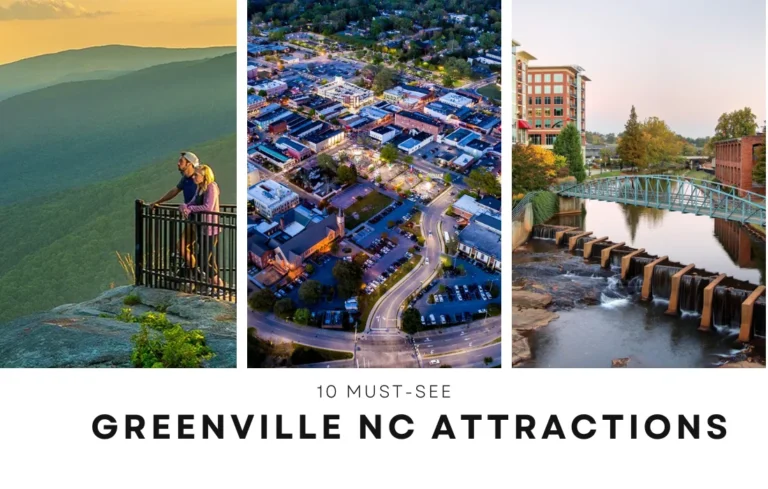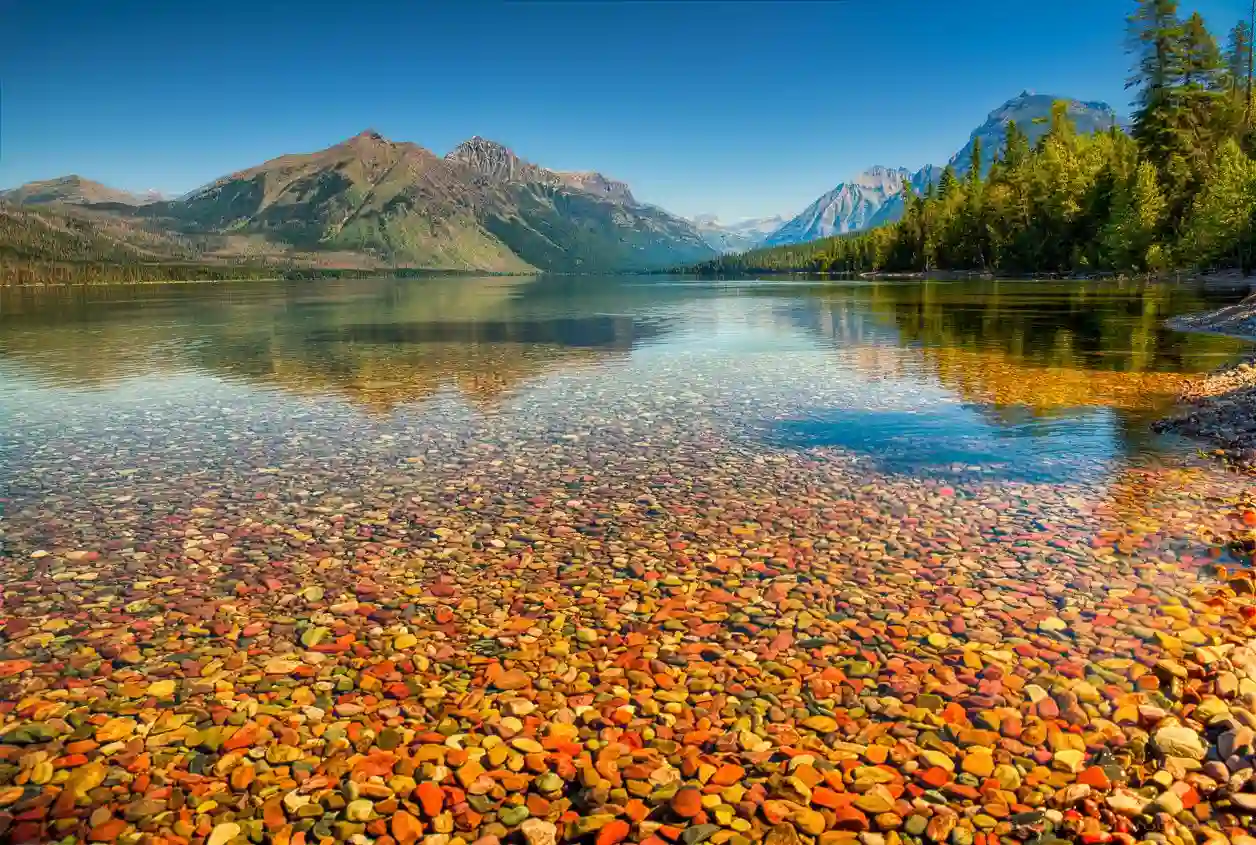
If you’ve seen photos of a clear lake in Montana with colorful rocks, you’re probably picturing a shoreline shimmering with rainbow-like pebbles under crystal water.
But here’s the truth: there isn’t really a “Clear Lake” in Montana. What travelers are looking for is Lake McDonald, the largest lake in Glacier National Park.
This guide clears up the confusion and shows you exactly where to see those colored pebbles, when to visit for the best light, and how to capture them in your photos. You’ll also find practical tips on permits, parking, and nearby stays like Lake McDonald Lodge or Apgar Village.
Quick Answer—What’s the “Clear Lake in Montana with Colorful Rocks”?
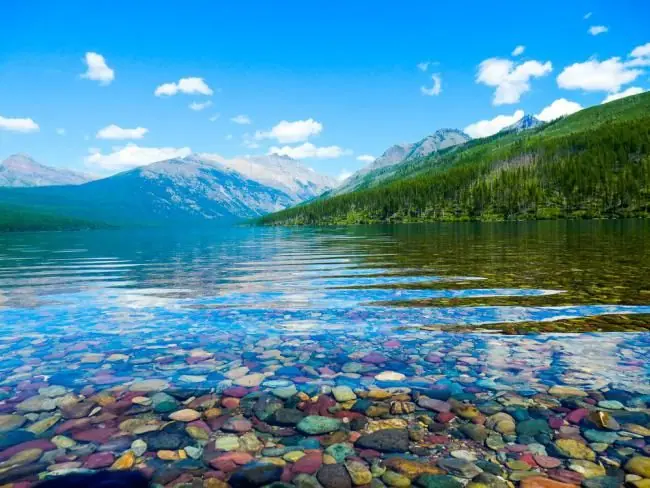
The phrase is a misnomer—“Clear Lake” doesn’t exist in Glacier. What people mean is Lake McDonald, a 10-mile-long glacial lake famed for its multi colored rocks along the shore. Thanks to the lake’s crystal clear waters, the pebbles appear jewel-bright, especially on calm mornings.
At a Glance:
- Closest entrance: West Glacier, about 3 miles from the lake
- Best viewing zone: Apgar Village shoreline and the pullouts along Going-to-the-Sun Road
- Ideal time: Sunrise or late evening, when glare is minimal
- Gear tip: A circular polarizer filter (CPL) helps reduce reflections
So next time you hear about Montana’s “rainbow lake,” remember: it’s really Lake McDonald, a must-see highlight of Glacier Park.
Why the Rocks Are So Colorful
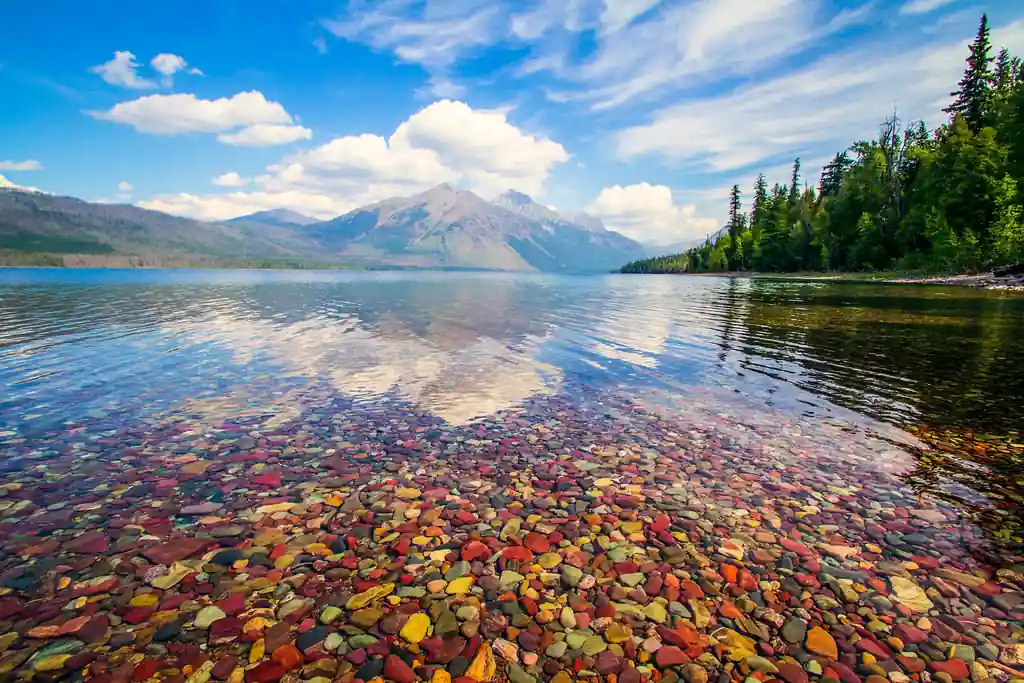
The beauty of clear lake in Montana with colorful rocks comes down to geology. These stones are mostly sedimentary rock like quartzite and shale, tinted by minerals such as iron oxide, which produces reds and oranges, and chlorite, which gives off greens. Over time, glacial activity and water erosion smoothed the stones, creating a rainbow effect that looks like nature’s art.
The brilliance of these coloured stones is especially visible in shallow areas on calm days. The clear water acts like a lens, magnifying shades of red, green, purple, and blue. On breezy afternoons, ripples distort the colors, so timing matters.
One important note: don’t take the Rainbow Stones or collect sea shells you might find in the sandier pockets. The National Parks Service enforces strict rules to protect these natural features. Instead, bring a national parks journal to jot down memories or sketch the rock patterns. That way, you enjoy the colors without disturbing them.
Exactly Where to See the Colorful Pebbles
✔️ Apgar Village Shoreline
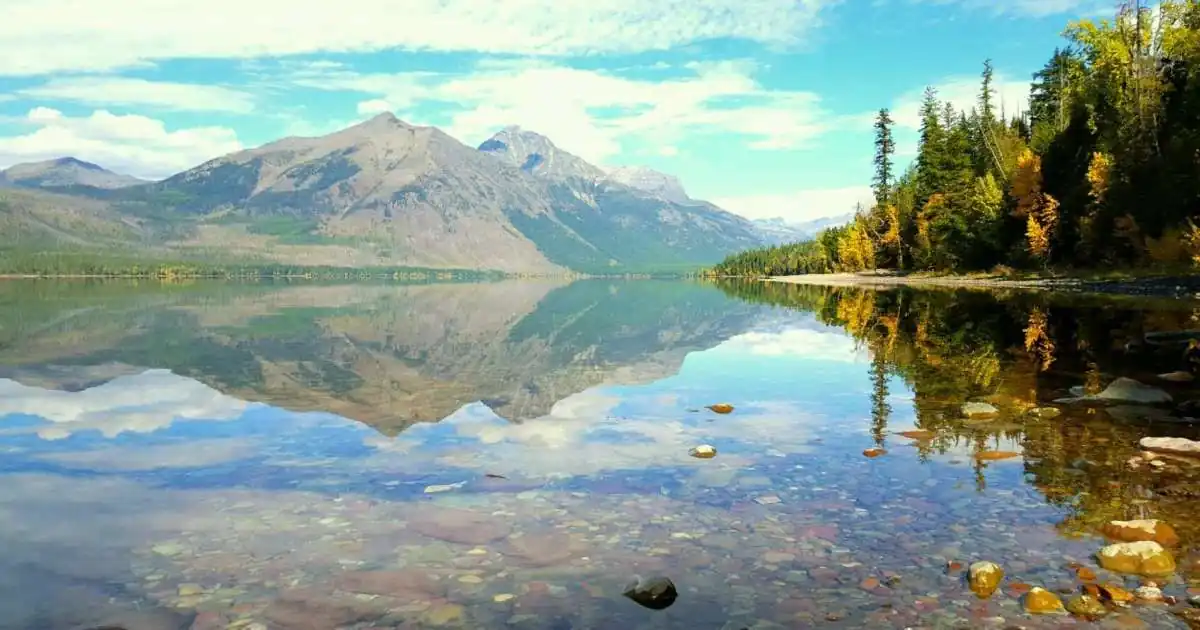
The easiest access point is at Apgar Village, near the visitor center. Families love this spot since parking and restrooms are right by the beach. The shallow, calm water here makes the pebbles pop—perfect for a quick photo stop.
✔️ Apgar to Lake McDonald Lodge Pullouts
Driving east along Going-to-the-Sun Road, you’ll find pullouts with dazzling perspectives. Aim for calm mornings, as wind can obscure clarity. A CPL filter helps reduce glare.
✔️ Lake McDonald Lodge Area
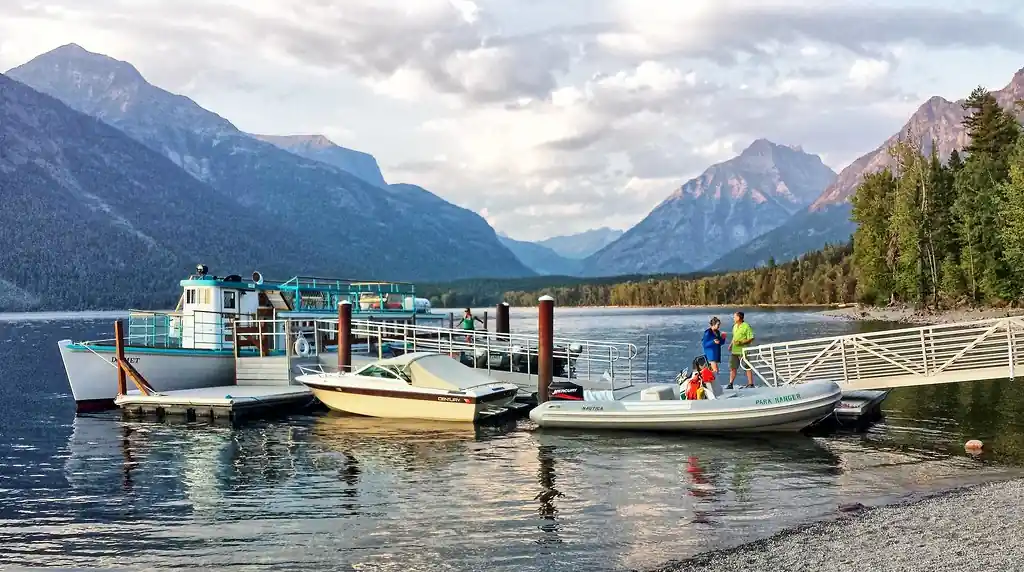
Around Lake’s Lodge, docks and boardwalks let you photograph from mid-lake vantage points. The lodge itself is a great lunch stop while you recharge.
✔️ Sheltered Coves & Creeks
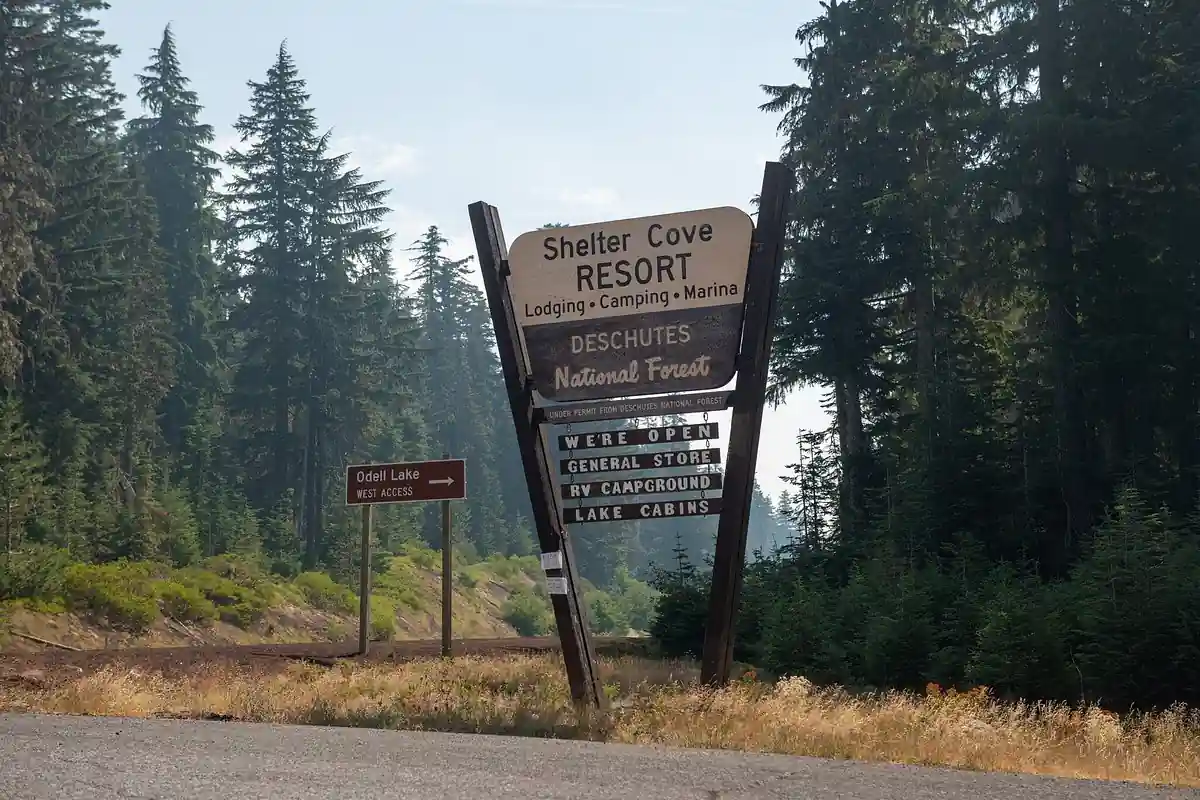
Smaller coves along the north shore reveal stones in near-perfect stillness. Be cautious on slick rocks—wear water shoes for balance.
When to Go—Best Months, Time of Day & Weather Windows
The visibility of those multi colored rocks at the Lake depends a lot on timing. In early summer (June), snowmelt from Logan Pass and nearby peaks clouds the water with silt, making the stones harder to see. By late July and August, clarity improves dramatically.
Mornings are best. Winds are calmer, the lake surface is glassy, and the colored pebbles shine brightest. Midday brings harsh light and reflections, while evenings often add golden tones to the surrounding rocky mountains backdrop.
Fall adds another charm—cooler temps, lighter crowds, and autumn foliage reflecting on the water. Winter is a different story: sub freezing temperatures create icy edges and snow-covered banks. The lake is still stunning, but pebble viewing is limited.
Local tip: Smoke from wildfires can sometimes obscure visibility in August. If haze rolls in, aim for sunrise visits, when colors still punch through softer light.
How to Visit Without Hassle (Vehicle Reservations, Entrances, Parking)
Getting to Glacier National Park is straightforward, but summer requires planning. Between May and September, you’ll need a National parks pass ($35 per vehicle, valid 7 days) plus a timed-entry reservation for the Going-to-the-Sun Road corridor.
Here’s how to make it easier:
- Enter from West Glacier early (before 6 am) or late (after 3 pm) to avoid ticketed time slots.
- Use the Apgar Transit Center shuttle if lots fill—handy for families and photographers.
- Staying at Lake McDonald Lodge or Apgar gives you in-park access without the stress of re-entry permits.
If you miss the timed-entry window, book a seat on Red Bus Tours or with the Glacier Park Boat Company, as commercial tours bypass the reservation requirement.
Parking is limited, especially at Apgar and pullouts near Sacred Dancing Cascade. Arrive early for close spots or prepare for a short walk along a dirt track path.
Photography Playbook—Make the Colors Pop
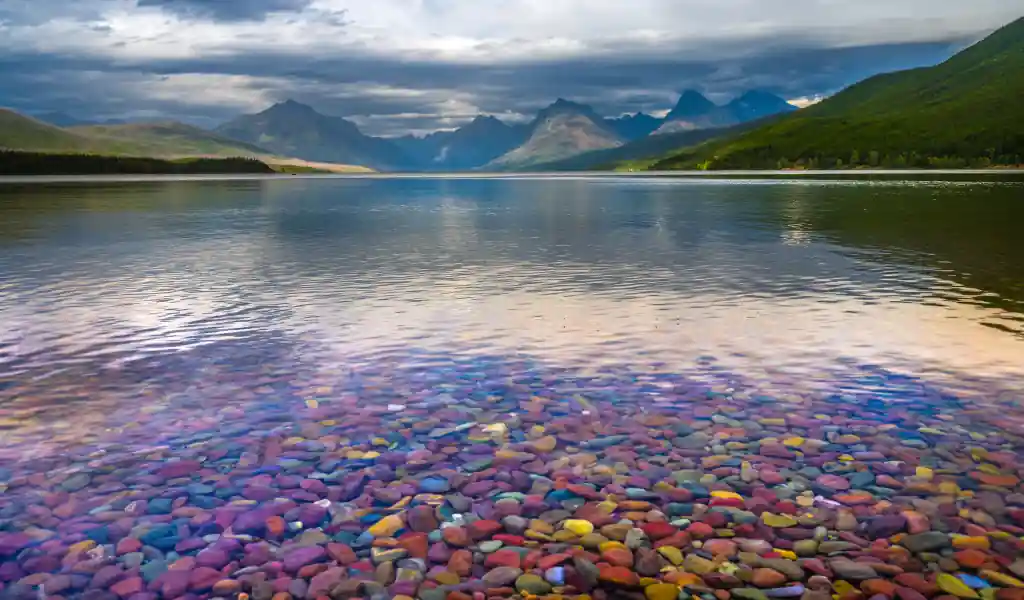
Capturing the pebbles is easier with a plan.
✔️ Essential Gear
- Circular polarizer (CPL) to cut glare and boost saturation
- Water shoes for stepping on slick stones
- Microfiber cloth to keep lenses clear of spray
✔️ Settings Cheat-Sheet
- Bright sun: f/8, ISO 100, 1/125s with CPL
- Overcast: f/5.6, ISO 200, slower shutter for depth
- Focus: Lock just beneath the waterline for sharp stones
✔️ Composition Ideas
Use shoreline stones as foreground leading lines with mountains behind. Try reflections at sunrise or aim low for that pastel painting look the lake is known for.
✔️ Wind & Glare Management
Wait through 60-second calm lulls when ripples subside. Use your body or hat as a flag to block direct reflections. Watch for ripple marks along shallow edges—they make natural patterns worth framing.
✔️ Alternatives If It’s Crowded or Windy
Sometimes the shores of the clear lake in Montana with colorful rocks are packed with photographers, or wind creates too many ripples to see the pebbles clearly. Luckily, Glacier offers plenty of alternatives.
✔️ Bowman Lake – Serenity and Space
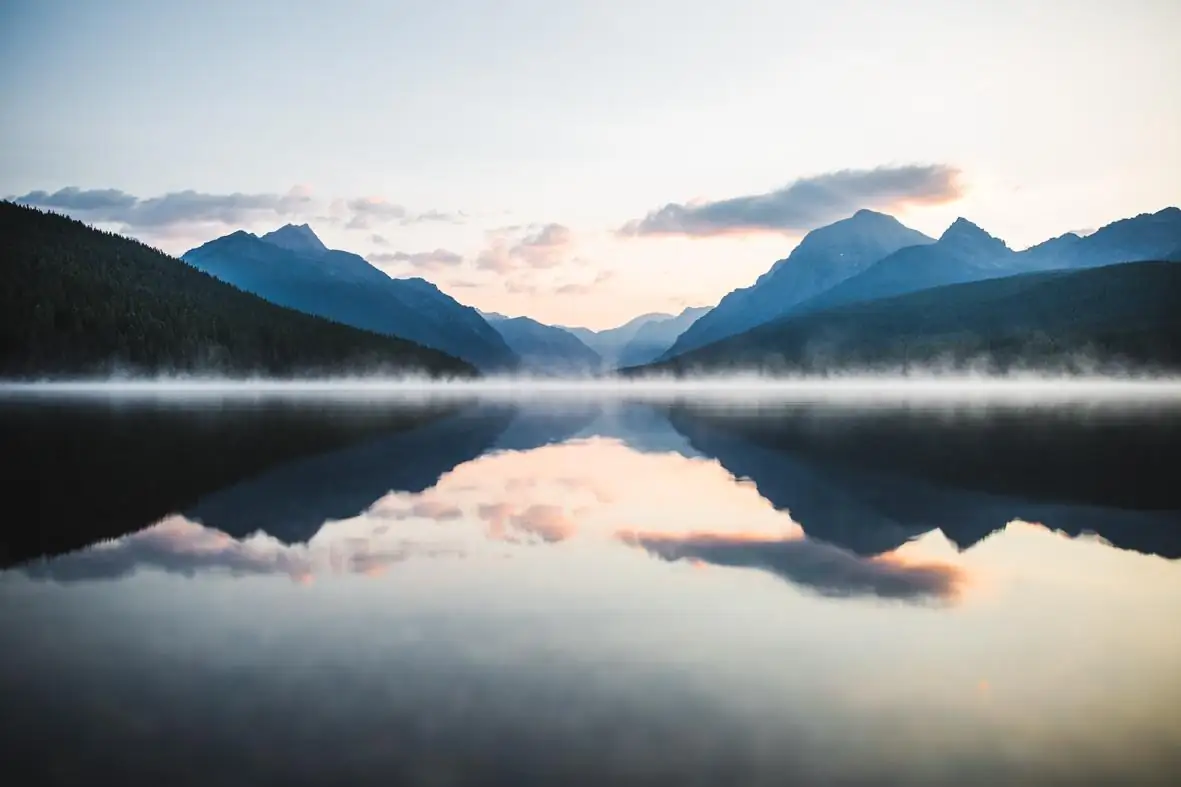
Located northwest of Apgar, Bowman Lake is less crowded but equally beautiful. On calm mornings, the water is mirror-like, making it one of the best spots for pebble viewing and mountain reflections. The drive includes some unpaved stretches, but the reward is pure tranquility.
✔️ Snyder Lake – Hidden Gem Hike
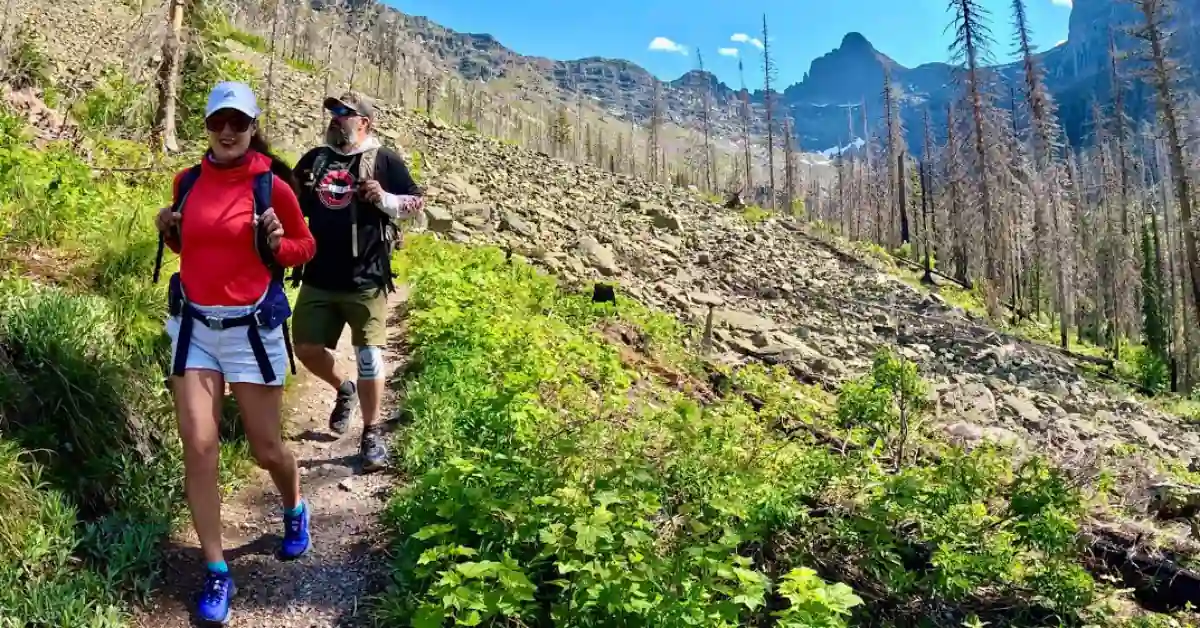
If you’re willing to hike, Snyder Lake offers a tucked-away feel and a shoreline framed by evergreens. The trail climbs steadily, but those willing to trek find themselves rewarded with fewer people and clear waters.
✔️ Akokala Lake – Quiet Escape
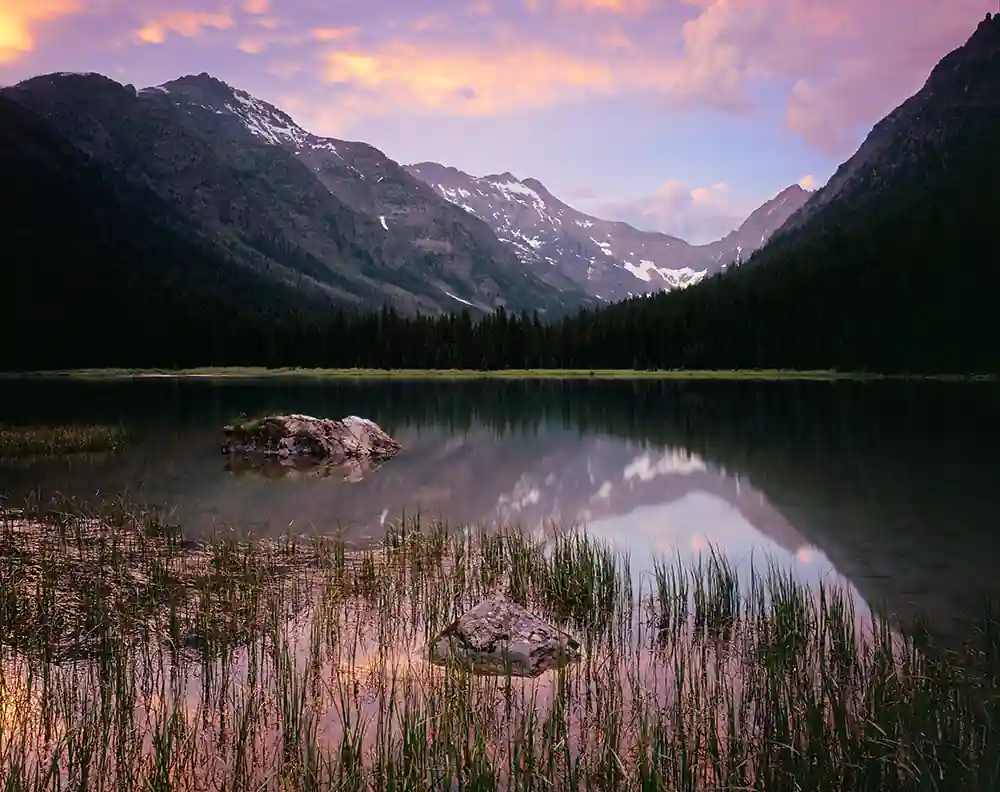
Farther out, Akokala Lake is a peaceful option for those craving solitude. It takes effort to reach—expect a moderate hike—but the silence and undisturbed water make it worthwhile.
Other options: consider Trout Lake or Otokomi Lake for additional variety. These smaller mountain lakes often have crystal-clear shorelines with fewer visitors.
Practicalities—Safety, Rules & Ethics
Admiring colorful rocks should never come at the cost of safety. The water may look calm, but it stays cold year-round—often close to sub freezing temperatures in spring. Wading too far can be risky, especially for kids.
Supervise children closely on slippery rocks, and keep an eye out for grizzly bears and the occasional mountain lions in surrounding forests. Always carry bear spray and make noise on trails.
Park rules: drones are prohibited, and removing rocks is illegal. Instead, pick up souvenirs like National parks shirts or add a sketch to your national parks journal.
Weather swings are common. Pack layers, rain gear, and sturdy shoes. Treat the lake as a natural wonder—photograph, admire, but leave it unchanged.
1-Day & 2-Day Sample Itineraries
One-Day Plan
- Start early at Apgar Village for calm water shots
- Stop at pullouts en route to Lake McDonald Lodge for dockside views
- Enjoy lunch at the historic lodge or nearby Tower Grill
- End with a quiet evening at Bowman Lake, ideal for sunset
Two-Day Plan
- Day 1: Explore Apgar, lodge area, and take one of the Lake McDonald boat tours with the Glacier Boat Company
- Overnight at Sperry Chalet or a lodge near Apgar
- Day 2: Hike to Snyder Lake or Akokala Lake for solitude
- Finish with dinner at Tower Grill before heading back through West Glacier
Adding an overnight stay allows you to enjoy both popular and hidden gems without feeling rushed. It’s also the best way to catch golden hours at multiple lakes.
Where to Stay & Eat Near the Lake
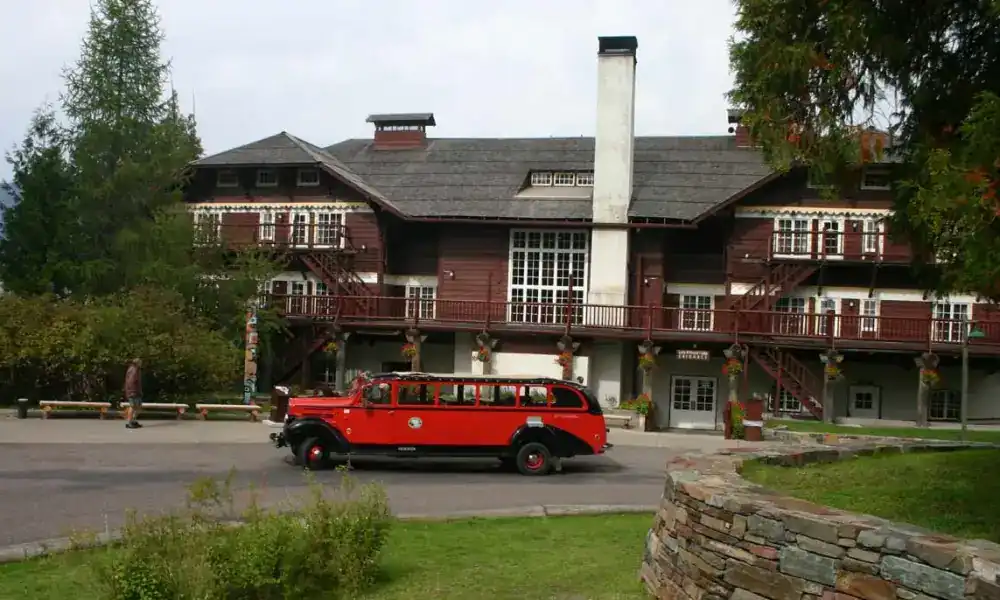
For those wanting to stay close to the action, nothing beats Lake McDonald Lodge. This historic lodge offers rustic rooms, cozy cabins, and unbeatable lake views. Reservations book out fast, so plan months ahead if you want a lakeside stay.
Budget-conscious travelers often choose pet-friendly hotels in West Glacier or nearby Columbia Falls. These spots provide easy access to the park without the higher lodge prices. For something truly unique, adventurous travelers sometimes splurge on Sperry Chalet, a backcountry option reached only by hike or horseback.
When it comes to food, Apgar has casual cafés, while the Tower Grill offers hearty Montana meals with lake views. If you’re staying farther out, Whitefish and Kalispell have excellent local breweries and farm-to-table dining.
Packing Checklist for Colorful-Rock Viewing
Packing smart makes all the difference in your Glacier trip. Here’s a quick checklist:
- Circular polarizer filter (essential for cutting glare)
- Water shoes for wading on slick stones
- Light layers for unpredictable weather
- Snacks and refillable water bottle
- National parks pass and ID
- Notebook or National parks journal for sketches and notes
- Souvenir-friendly extras: grab National parks shirts to remember your trip
Pro tip: If you plan to visit multiple parks like Custer State Park or Yellowstone National Park, consider an annual America the Beautiful pass ($80) for unlimited entries.
Did You Know? Fun Facts & Wider Connections
Exploring Lake McDonald in Glacier Park is amazing on its own, but it’s also fascinating how it ties into broader landscapes and travel experiences.
- Rhode Island Connection: Believe it or not, geologists from Rhode Island universities have studied the lake’s colorful stones to compare them with East Coast formations. It’s a reminder that science links even small coastal states like Rhode Island with the wilds of Montana.
- UNESCO World Heritage Status: Glacier is part of the Waterton-Glacier International Peace Park, a designated UNESCO World Heritage site. That recognition highlights its global value as a natural wonder.
- Comparisons with Other Lakes: While the Great Plains and deserts have their beauty, there are few places like this. Some travelers compare Lake McDonald’s shoreline to Utah’s Great Salt Lake or even the pebble beaches of Antelope Island State Park, but the Montana version has unmatched clarity.
- Wildlife & Scenic Drives: If you love watching animals, don’t miss South Dakota’s Custer State Park and its Wildlife Loop Scenic Byway—a great complement to spotting grizzly bears and deer in Glacier.
- Island Conservation: For travelers who also enjoy island ecosystems, the Catalina Island Conservancy in California plays a similar role to the National Parks Service, protecting fragile habitats while welcoming visitors.
These connections remind us: from Montana’s mountains to Rhode Island’s coastline, and from Glacier to the Catalina Island Conservancy, protected landscapes shape unforgettable experiences.
Conclusion
So, is there really a clear lake in Montana with colorful rocks? Yes—though its name is Lake McDonald, and it’s one of the crown jewels of Glacier National Park. From Apgar’s easy-access shoreline to hidden coves and nearby hikes, this lake offers endless ways to admire the dazzling stones.
Plan well—bring a National parks pass, time your visit for calm mornings, and respect park rules. Stay nearby at Lake McDonald Lodge or in cozy West Glacier lodgings for a seamless trip. And don’t forget your CPL filter—your photos will thank you.
With preparation, patience, and a little timing, you’ll see why Lake McDonald’s pebbled shoreline is considered one of the most breathtaking sights in the Rockies. A natural wonder, a photographer’s dream, and a memory worth carrying home.
Frequently Asked Questions
1. Which lake has the colorful rocks?
It’s Lake McDonald in Glacier National Park, not “Clear Lake.”
2. Can you take the rocks home?
No. The National Parks Service prohibits collecting. Leave the natural wonder as is.
3. What’s Best time of day for visibility?
Morning when the water is calm and light is soft.
4. Do I need a reservation to visit?
Yes, during peak summer you’ll need timed-entry permits for Glacier Park.
5. Are drones allowed?
No, drones are prohibited.
6. Is it safe for kids?
Yes, but supervise near cold water and slick stones.
7. What wildlife might I see?
Expect grizzly bears, deer, and other native species.
8. What if parking lots are full?
Use shuttles from the Apgar Transit Center or come early.




